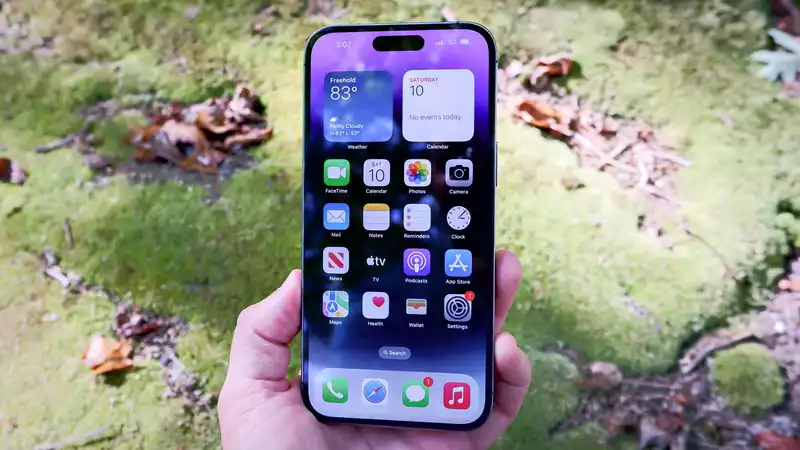Remember the rumors of an iPhone with a micro-LED display? According to a new report by Nikkei Asia, Apple is working to make this idea a reality and is trying to control the manufacturing of the display in-house. By doing so, it would reduce its dependence on other display makers (mainly Samsung) and at the same time better control supply.
Apparently, Apple has spent over $1 billion on microLED research over the past decade and is preparing to directly control microLEDs once they are actually in production. In other words, the "mass transfer" of microLEDs onto the display substrate will be done by Apple itself.
The micro LED components are likely to be supplied by ams-Osram, the 12-inch wafers by TSMC, and the substrates by LG Display. Manufacturing will reportedly take place at Apple's R&D facility in Longtan District, Taoyuan City, Taiwan.
Frankly, such a move is not that surprising. Apple has long had a reputation for handling things its own way and not relying on a small group of suppliers. By doing so, it has better price negotiating power and can more directly oversee the development of materials and components.
As Nikkei Asia points out, taking over production of the display, the most expensive individual component in an Apple device, seems like a clear step forward for the company. Even if it means taking a more hands-on approach rather than outsourcing the physical manufacturing to a third party.
According to the report, Apple wants to use microLED displays in all of its products that currently use OLEDs, which currently includes the iPhone and Apple Watch. However, OLED MacBooks and iPads have been rumored for some time and could appear in the near future. Presumably, they too will move to microLEDs.
Apple will reportedly roll out microLED displays in the Apple Watch Ultra first and then mass produce them for the iPhone. microLED Apple Watch Ultra is expected to arrive in 2025, but when this technology will transition to the iPhone is unknown.
MicroLED displays are not new per se, but so far we have only seen them applied to TV screens in practice. The idea is to take all the advantages of OLED displays and minimize the disadvantages. This includes the organic components of the OLED. Organic components break down and die in the long run.
Each display consists of thousands of LEDs, each emitting its own light; like OLEDs, this means they can produce perfect blacks and better tints. The absence of organic components also means that microLED panels can be thinner, have improved viewing angles, and potentially provide brighter images.
In addition, microLEDs are known to be significantly more energy efficient despite their increased brightness; in portable devices such as the iPhone, this could lead to improved battery life.
The major drawback is that microLED technology is currently quite expensive to manufacture. The fact that adding thousands of LEDs to a display is quite complex does not help either. This may be part of the reason why Apple prefers to let its own employees do the work and does this in-house.
As production increases, prices will naturally come down, but no one wants to pay more for an iPhone. It is expensive enough as it is. But at least by directly controlling production, Apple would essentially be cutting out the middle man. The middleman would add its own markup to the display to boost its own profits.
This is certainly not what we will see in the iPhone 15 or even the iPhone 16. But it is still exciting to think about what will happen in a few years and how the iPhone will benefit from a fresh new display.










Comments